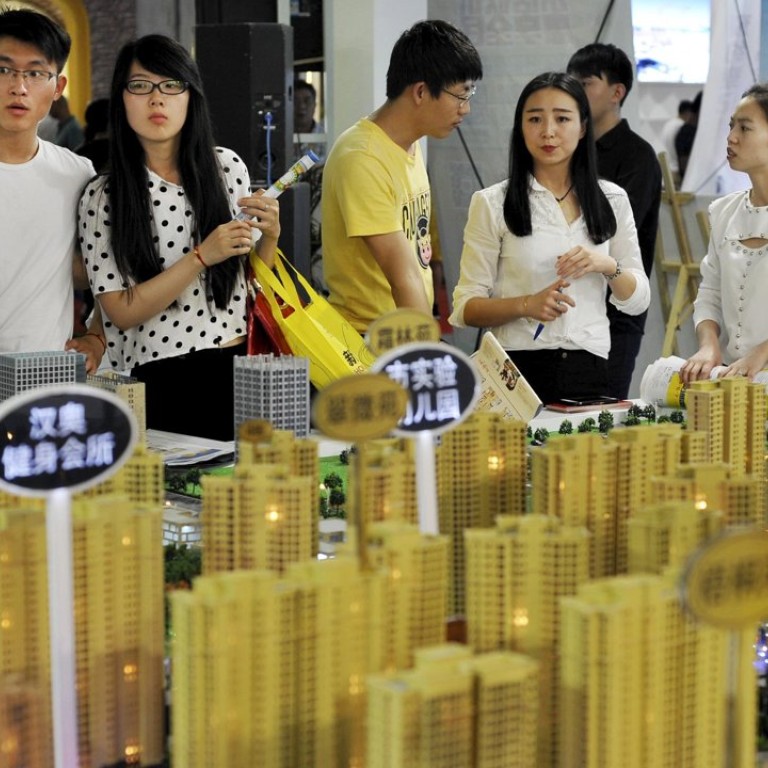
Update | China’s cities record faster home price gains in November
New data shows easing measures have been effective in spurring sales, prices
More mainland Chinese cities saw home prices rise and growth widen last month, spurred by a relaxation of home-purchase restrictions, easing liquidity and a string OF interest-rate cuts over the past few months.
“The price momentum is still on an upswing mode. More tier two and tier three cities would report positive month-on-month price growth in 2016. We expect the recovery in 2016 would come more from price front rather than volume,” said Alan Jin, property analyst at Mizuho Securities.
“Land prices in tier one cities are indeed too expensive, as developers flocked into leading cities deemed as a safe haven,” he said.
But Jin said land prices in lower-tier cities have not moved that much.
New-home prices rose in 33 cities, compared with 27 in October, the National Bureau of Statistics (NBS) said Friday. Prices dropped in 27 cities, fewer than the 33 in October, and were unchanged in 10 cities.
A similar picture unfolded in second-hand home prices, with 40 cities reporting a rise in November, against 38 in October. Prices fell in 16, compared to 23 in October, and were unchanged in 14.
Average new home prices rose 0.9 per cent in November from a year earlier, according to Reuters , which calculated their figures from the NBS data, extending October’s 0.1 per cent rise.
The recovery is being helped by the central government’s five interest-rate cuts since November last year and an easing of home-purchase restrictions in a move to simulate the slowing economy.

Twenty-one cities saw year-on-year new price rises, against 16 in October, while 49 posted declines. The best performer was Shenzhen, which saw new home price growth of 2.9 per cent month-on-month. On a year-on-year basis, prices leapt 44.6 per cent. The worst performer was Jinzhou in Liaoning province, which saw home prices decline 0.6 per cent month-on-month and a drop of 5.3 per cent year-on-year.
Beijing rose 1 per cent month-on-month and 9.6 per cent on year. Shanghai rose 1.9 per cent on month and 15.4 per cent on year. Guangzhou rose 0.6 per cent month-on-month and 8.2 per cent on year.
“The slowing economy is certainly a hidden risk, which is also intertwined with the weak investment from the property sector. That’s why government is so keen to fasten the inventory clearance cycle as evidenced by the various easing policies,” said Jin of Mizuho Securities.
China Resources Land, which had bought a number of sites earlier this year, raised concerns over the rising land prices in mainland cities.
“We tried to bid some sites such as one in Wuhan, but failed,” said James Yu Jian, executive director and Chief Financial Officer of China Resources Land. The easing credit conditions is helping to bring more bidders into competition for sites, lifting land prices to levels that seem out of synch with fundamentals.
“It may not be healthy to the market,” Yu said.

